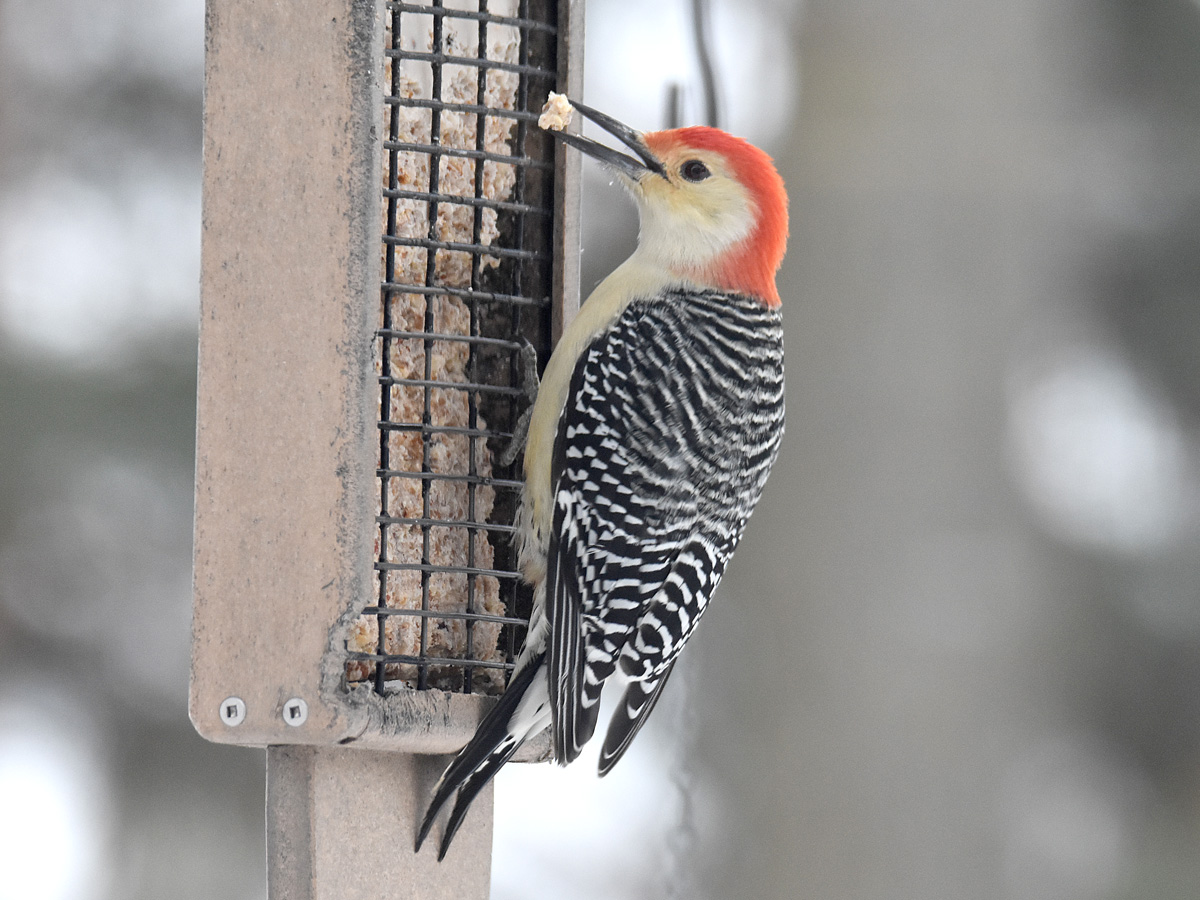Understanding Woodpeckers in Florida: Actions, Species, and Environments
Understanding Woodpeckers in Florida: Actions, Species, and Environments
Blog Article
Discover the Fascinating World of Woodpeckers: Whatever You Required to Know
The globe of woodpeckers is a realm loaded with one-of-a-kind behaviors, elaborate adaptations, and a diverse array of varieties. From their environments and circulation patterns to their feeding practices and specialized anatomical features, woodpeckers have long mesmerized the passion of ornithologists and nature lovers alike. Comprehending the intricacies of these remarkable birds provides a peek into the complex interaction between their biology and the setting. As we explore the globe of woodpeckers better, we reveal a wealth of details that sheds light on their significance in environments and the obstacles they deal with in an ever-changing globe.
Woodpecker Habitats and Circulation
In North America, for instance, woodpeckers can be detected in both coniferous and deciduous forests, using their solid beaks to forage for insects and develop nesting cavities in trees. In Africa, particular woodpecker species have adjusted to arid settings, such as the acacia forests, where they play an essential function in controlling insect populaces.

Feeding Behaviors and Diet Plan
Woodpeckers use their solid beaks to drill into the bark of trees, probing for bugs and larvae concealed under the surface. In enhancement to pests, woodpeckers likewise consume nuts, seeds, fruits, and sap.
Woodpeckers are recognized for their drumming behavior, which offers not just to interact with other woodpeckers yet additionally to find food. The rapid drumming audio is developed by the bird pecking on resonant surfaces like dead trees or steel poles. This actions can bring in bugs hidden in the timber, allowing the woodpecker to discover their presence and prey on them.
Special Adaptations for Tree Climbing
In their adept search of bugs concealed within tree bark, woodpeckers have actually developed remarkable physiological functions that outfit them with special adaptations for reliable tree climbing. One of the key adjustments is their zygodactyl feet, with two toes aiming forward and 2 pointing in reverse, offering a solid hold on tree trunks. This specialized foot plan allows woodpeckers to stick to upright surface areas easily, enabling them to go up and down trees with agility. Furthermore, woodpeckers have stiff tail Read Full Report plumes that act as a supportive prop while they climb up, assisting in equilibrium and stability. Their solid, chisel-like beaks are not only utilized for exploration into timber however likewise for grasping onto bark as they rise tree trunks. Woodpeckers have solid neck muscular tissues and an one-of-a-kind head framework that absorb the effect of continuous pecking, permitting them to climb up vertically without creating damage to their minds. These adaptations display the amazing evolutionary style that enables woodpeckers to browse trees with precision and performance.
Diverse Woodpecker Types Worldwide
With over 200 different types spread out across different habitats worldwide, the family of Picidae encompasses an exceptional variety of woodpeckers. These birds can be located in woodlands, forests, savannas, and even city areas, showcasing their versatility to different environments. From the renowned Northern Flicker in North America to the colorful and elusive Crimson-backed Flameback in Asia, each woodpecker species shows one-of-a-kind attributes in regards to plumage, habits, and habitat preference.
Woodpeckers vary substantially in dimension, with the small Downy Woodpecker determining around 6-7 inches in size, while the powerful Lineated Woodpecker find this can rise to 17 inches - Woodpeckers in Florida. Their beaks additionally are available in various sizes and shapes, mirroring their feeding habits. Some species specialize in removing insects from tree bark, like the Acorn Woodpecker, while others, such as the Black-cheeked Woodpecker, eat fruits and seeds

Preservation Initiatives and Challenges
Preservation campaigns for woodpecker populations are vital in alleviating the effect of habitat loss and other hazards encountering these varied bird species. Woodpeckers encounter different obstacles to their survival, mostly because of deforestation, urbanization, environment change, and intrusive types. To deal with these issues, conservation initiatives concentrate on protecting and restoring woodpecker habitats, executing lasting forestry techniques, and increasing recognition about the relevance of these birds in environments.
One significant obstacle in woodpecker preservation is the fragmentation of their habitats, leading to separated populations that are extra prone to termination - Woodpeckers in Florida. Guardians work to develop wildlife corridors and safeguarded areas that attach these fragmented environments, allowing woodpeckers to relocate in between various areas for feeding, breeding, and sanctuary

Conclusion
In conclusion, woodpeckers are interesting birds with one-of-a-kind adaptations for tree climbing and feeding actions. Additional research and conservation actions are needed to make certain the survival of woodpeckers in the wild.
Report this page